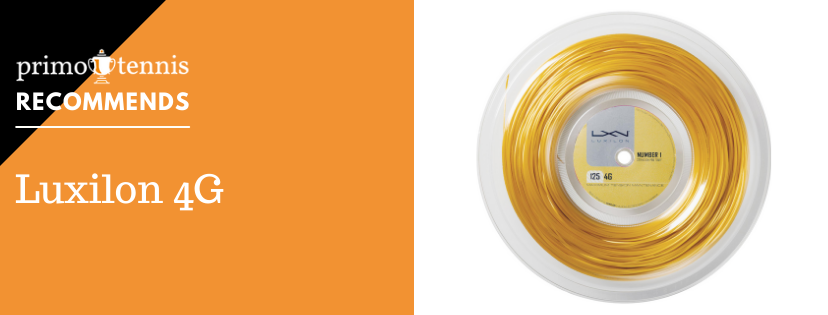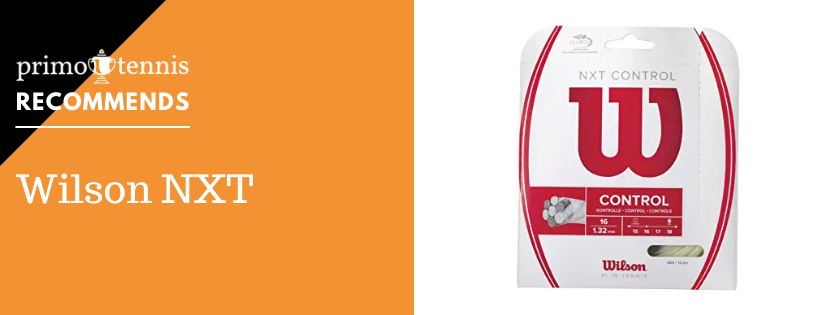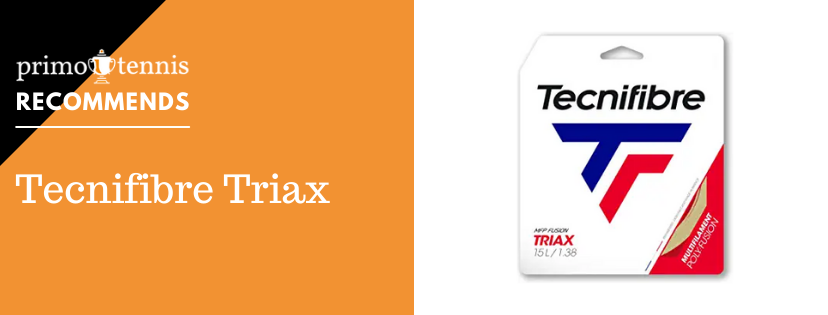If you struggle to keep your shots inside the lines and find yourself with a lot of unforced errors, you may be looking for a string that will allow you to let your shots rip without worrying about them sailing long. Good tennis strings for control is important for those looking to increase the touch and feel a tennis player has with the tennis ball.
Considerations when selecting tennis strings for control
How do I know what tennis string is best for me?
For those looking for good tennis strings for control, the tennis string is best known as the “tennis racket’s girdle.” Good tennis string should be durable and consistent in tension. It is important, however, to know that every player has their own preference of preferred tension. For example, some prefer lower tensions with more feel whilst others prefer higher tensions for more power. Good tennis strings are known to have good control due to the fact that they are tight. Good ones are not elastic, stretchy, or shock-absorbing, but rather firm and deaden the ball into the racket’s frame after contact.
When choosing a string, remember that you should feel it under your fingers, not in your wrist. Tennis strings for control should have a low profile or be flat and even on the racket’s frame so there is no space between the string bed and the edge of the racket.
Good tennis strings are recommended to be at least 16 gauge for spin potential but can go as high as 19-20 gauge. A good polyester string with a round cross-section is best if you want a bit of extra power while still maintaining control, whereas a thicker co-poly string will give more control at the expense of feel and power. Good nylon tennis strings provide more comfort than others but lose tension quickly thus losing the quality of play over time. Good mains courts tend to have a good durability period (depending on usage), but good cross-court strings may lose tension faster. Recommended tennis string brands include Wilson, Babolat, and Yonex.
What do tighter tennis strings do?
The tighter tennis strings give the player good control, but the looser strings offer more power. Good string tension for tennis is about 55 lbs (25 kg) on a constant pull machine and 60-75 lbs (30-35 kg) on drop weight machines for men and 50-60lbs (22-27kg) on a constant pull machine and 55-65 lbs (25-30 kg) on drop weight machines for women. Having confidence in your tennis strings is necessary because it gives you better feedback or connection between the racquet, your arm, and your brain so that you can hit the shots you want without having to think about it.
The importance of string gauge
All strings are measured by their gauge. The higher the gauge, the thicker the string. Players who like to use a lot of spin tend to prefer thinner gauged strings. However, thinner gauge strings are more prone to breaking and not as durable when it comes to hitting big shots. In general, you should be able to find what gauge is best for you, as most intermediate-level players play with either a 16g or 17g string.
Our top 5 best tennis strings for control
If you’re in a hurry to get your hands on good tennis strings for control, these are our top picks . . .

Luxilon 4G
Gauges: 16, 16L
Composition: Co-polymer Monofilament
Color: Gold
Luxilon 4G Soft is a multi-filament string made of a polyester core with nylon wrapped around it. It offers one of the largest stringing aperture ranges in the market, which is why it has become popular among customers who string their own rackets.
It is a very soft polyester string that offers good tension maintenance. Luxilon 4G Soft will offer great control, but it may not have the pop some other polyester strings provide.
If you are a string breaker, Luxilon 4G is also great for string breakers who are looking for great tension maintenance and durability.

RPM Blast
Gauges: 15L, 16, 16, 17, 18
Color: Black
RPM Blast is meant for players with a big, flat swing who want tremendous spin and control. The string has a very soft feel and low natural tension. A 15-gauge string that’s available in an all black color, RPM Blast offers a great compromise between power and control.
Like the RPM Team line, RPM Blast features Agion antimicrobial technology, which is good for both the environment and the player.
RPM Blast—created by string expert David Felgate—weaves a thin fiber of natural polyester with polyurethane to enhance playability, durability, and consistency. The result is a string that offers load of spin and control for the modern player, according to engineers at the lab.

Wilson NXT
Gauges: 16L, 17
Color: Natural
Wilson NXT offers the ultimate in string performance. The new Xycro Micro-Fibers feature a larger sweet spot than traditional synthetic gut and 50% lower shock compared to original NXT. In addition, NXT has no memory – it stays perfectly round for spin control and ultimate feel. It also provides better air and moisture management, for longer playability and more comfort.

Tecnifibre Triax
Gauges: 16L, 17, 18
Composition: Co-polyester
Color: White, Blue, Carbon
Tecnifibre is launching a new version of their Triax line. The new “Razor Code” is going to offer tons of control with its firm characteristics. Tecnifibre also adds special additives to enhance the feel of this string for superb touch. Overall, players looking for a string with excellent control and feel will love this string and feel totally in control of their game.

HEAD Lynx Tour Tennis String
Composition: Monofilament
Color: Champagne
HEAD has long been known as an innovator in the stringing market, because they are constantly working to develop new technologies that benefit improve the playability and durability of tennis rackets. HEAD is one of the few companies that attempts to “play” with their strings before they release them to consumers.
If a player doesn’t identify with the string, it isn’t going to be successful. Rather than just use development to create a string that has a ton of power, HEAD takes a holistic approach to string design that includes nearly all aspects of playability.
In contrast to the softer feel and impressive all-around playability of the original Lynx string, Head designed Lynx Tour to deliver extra control and spin.
Our testers found that it did this to a pretty high degree—a good amount of control—although forgiveness was sacrificed in exchange for that little extra pop on the ball. “I like the spin/control balance,” said one of our playtesters. “Still enough spin for my flat strokes, but with good power and accuracy.”
It’s also easy to string, as you would expect from any member of the Lynx string family: “The new construction was easy to string,” said another tester who had a lot of experience stringing this particular string and who praised it for not feeling too soft or too firm.
Conclusion
If you are looking for strings that provide good control, find a balance between the tightness and tension of your string. Some professional players prefer tighter strings because they give them better control over their shots. Other professionals play with looser strings to increase the power behind their shots. Either way, it is important to know what kind of player you are before choosing which type of tennis string will work best for you.


Comments are closed.